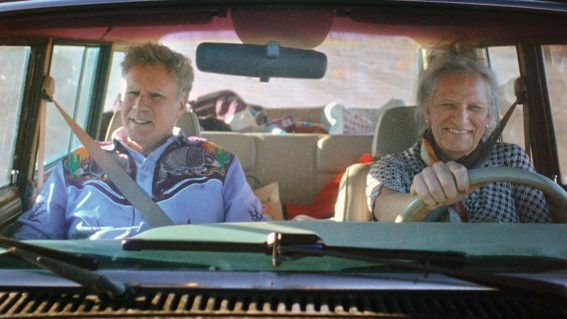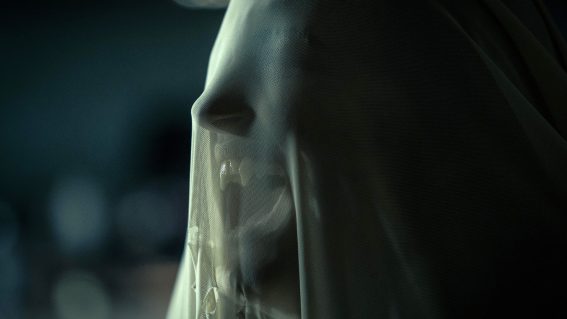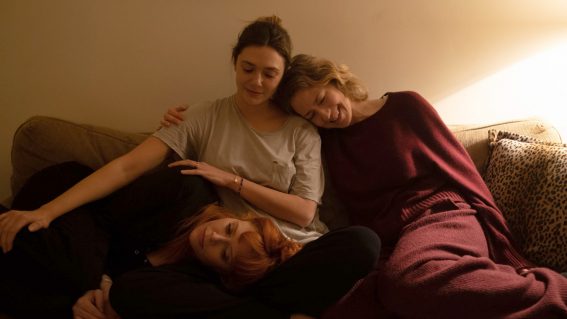The Fall Guy is charmingly performed – but not as clever as it wants to be
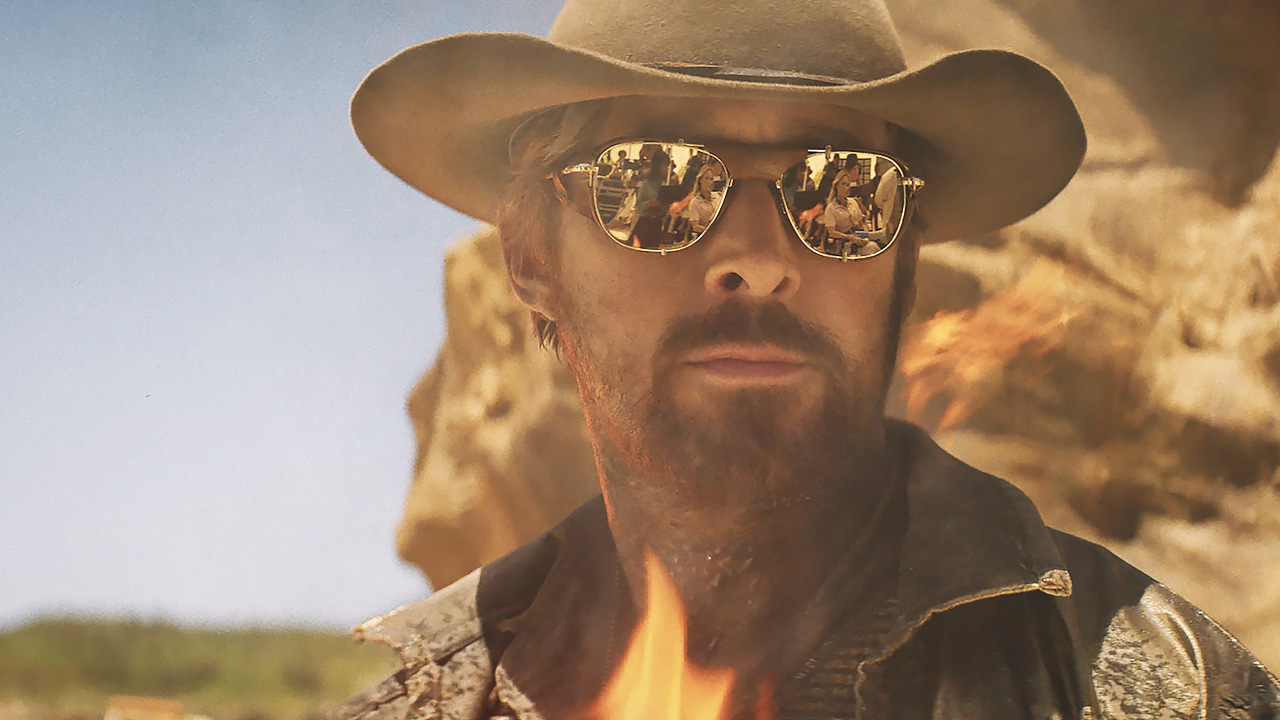
The “invisible art of stunt-making” comes between Ryan Gosling and Emily Blunt’s romantic banter in The Fall Guy. Luke Buckmaster wishes the Sydney-set action-comedy had more to say on the topic.
The Fall Guy
It stands to reason that stunt doubles would make good action heroes: they perform daredevil manoeuvres, happily take a beating, and don’t care if they get credit. The most enjoyable parts of The Fall Guy involve Ryan Gosling’s protagonist Colt Seavers—a veteran stunt double for a Hollywood megastar—crossing over from pretend to actual hero, using skills procured from working on movie sets. When he finds himself embroiled in a plot with genuine criminals and life-or-death stakes, he deploys his skills for “real” in the narrative universe, while of course they remain faked in ours, one Matryoshka doll layer above.
This is a meta-ish idea, even before director David Leitch and screenwriter Drew Pearce enter self-reflexive discussions about moviemaking—which, despite being The Fall Guy’s most laboured aspect, still comes across as half-arsed. In one scene Seavers’ ex-girlfriend, Emily Blunt’s Jody Moreno, discusses, in the thick of directing her first feature, the pressure she’s under to deliver an uplifting happy ending. It’s signposted as a comment on the film we’re watching, though there’s never any doubt how it’ll broadly resolve—being clearly intended as a chunky slice of crowd-pleasing pap. In another scene, she wonders aloud over the phone whether split-screens are still cool, triggering Leitch to divide the frame in two.
You can feel the director trying to get somewhere wittily meta and ostentatious—but he’s no Preston Sturges, Shane Black or Wes Craven. Those filmmakers exhibited wiliness, bordering on smugness. Leitch is earnest and keen to have you on the protagonist’s side. You can feel that as soon as The Fall Guy (loosely based on an 80s TV show) begins, with Seavers discussing via extraneous narration the invisible art of stunt-making. He quickly reveals his (and the film’s) heart-on-sleeve sentiment, mentioning how he’s working with his “dream girl,” Jodie, an old flame he’s desperate to rekindle.
After a severe workplace accident, Seavers bottomed out professionally and became a parking valet. He jumps at the chance to fly to Sydney to work on Jodie’s first movie, arriving to find himself not just a stuntman but the person tasked with finding the film’s star, Aaron Taylor-Johnson’s Tom Ryder, who’s gone AWOL. Locating him is the key plotline, though there’s much umming and ahhing as the lead characters reconnect on the set of Jodie’s flaky-looking big budget spectacle.
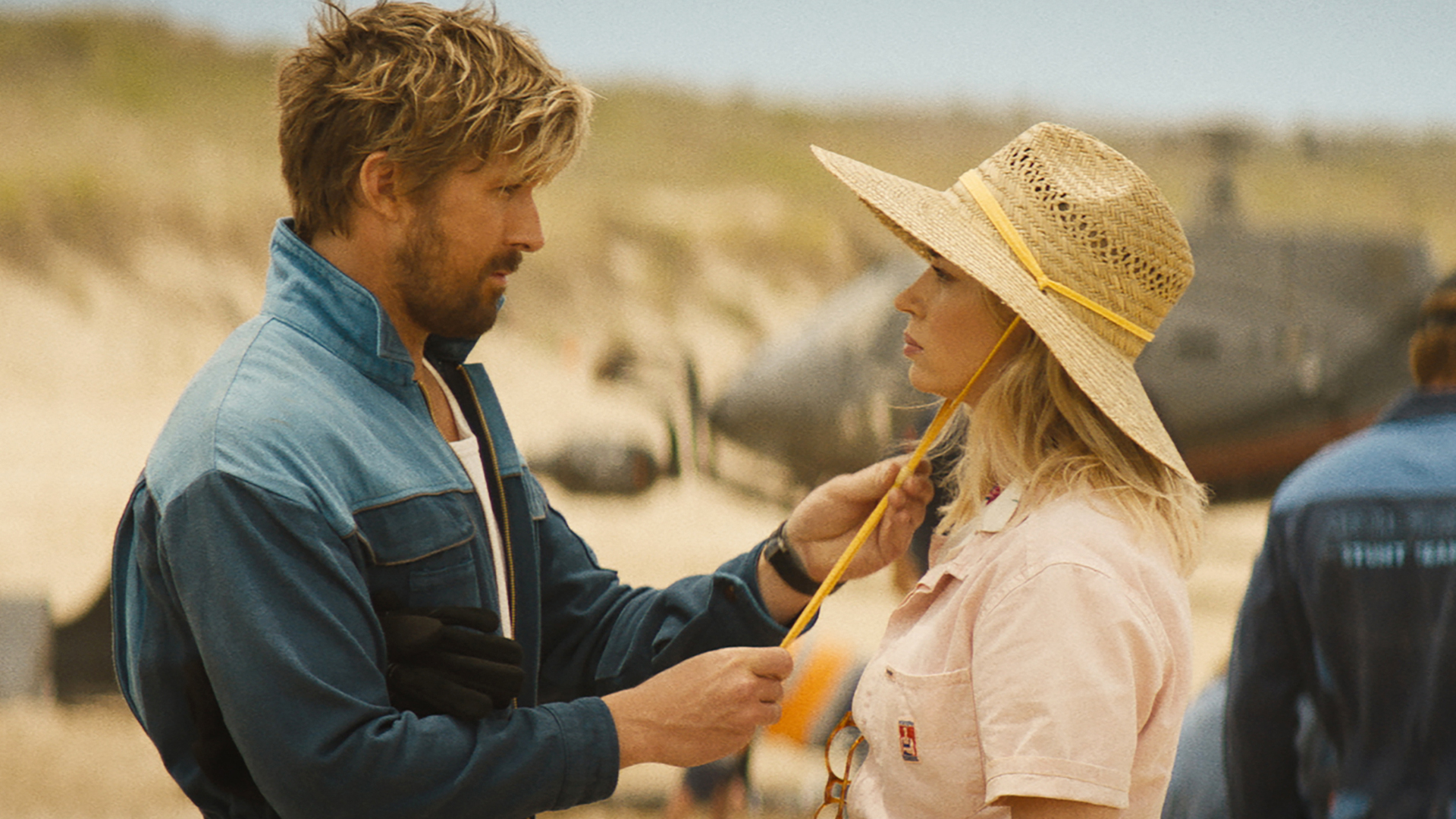
Gosling and Blunt are a charming pair, each of them elevating limited roles. The former brings an appealingly soft and almost anti-hero touch: the energy of a person who’d prefer to be somewhere else but can rise to the occasion. Here, as in Barbie, Gosling works hard to look effortless. The tone of early to-and-fro between the pair is playful argy-bargy, but there’s too much air in their sentences, too many pauses in their intonation, to bring a bouncing quality (there’s a good reason directors of screwball comedies instructed their actors to speak at a faster rate than usual). The springs in this film generally speaking are too loose, in fact: it’s stiffer and heavier than the frothy mirth intended.
One fun sequence captures a chase through Sydney CBD, with Seavers in pursuit of goons in a truck. At one point, standing on a metal plate behind the vehicle, he holds on for dear life as it screeches across the ground, sparks a-flying; later he’s in a fist fight in an upturned skip bin as it’s dragged through city streets. Reportedly, some aspects of these stunts were performed for real, and you’d damn well hope so, given this film so passionately presents itself as a paean to the unrecognised art of the stunt performer.
Despite this element being central to The Fall Guy, it isn’t well thought through. There are characters who not only acknowledge that digital effects can replace physical stunts, but also that deepfakes can replace actual people. What’s there left to commemorate? And what is this film actually trying to say? The Fall Guy is that kid in class who raises their hand and has no idea how to answer the question. Despite its eagerness to comment on itself, and the broader Hollywood playbook, it’s a straight-up slice of Hollywood confection, probably best viewed as a slightly dippy middle-of-the-road movie—enjoyably performed but nowhere near as clever it wants to be.














